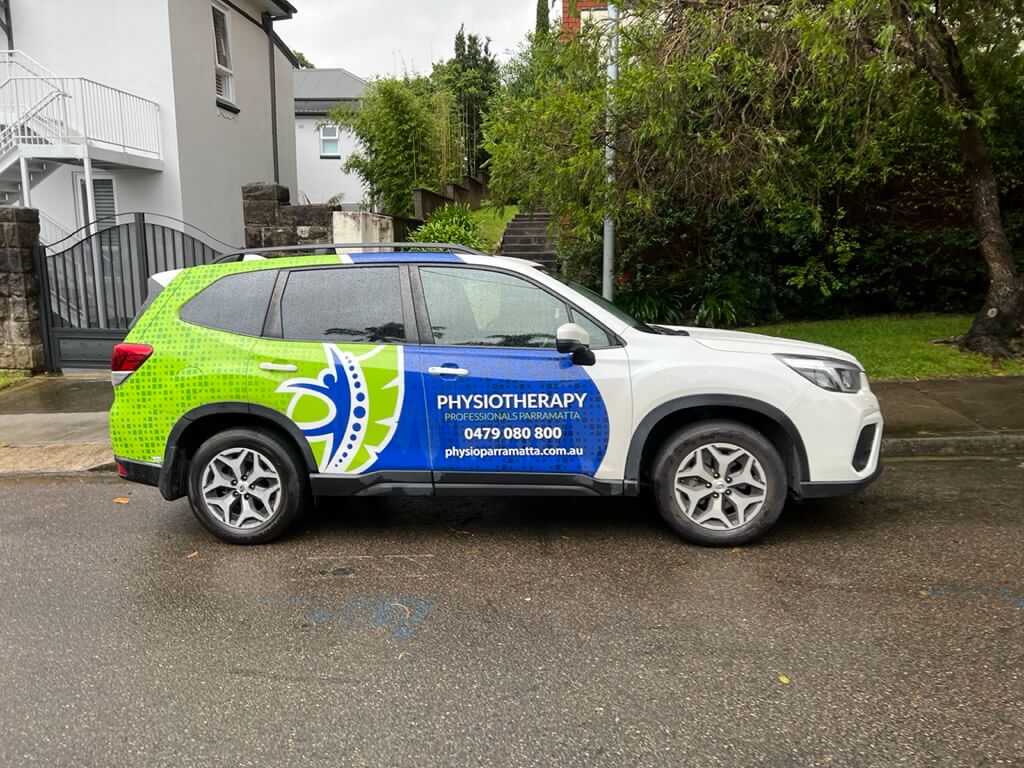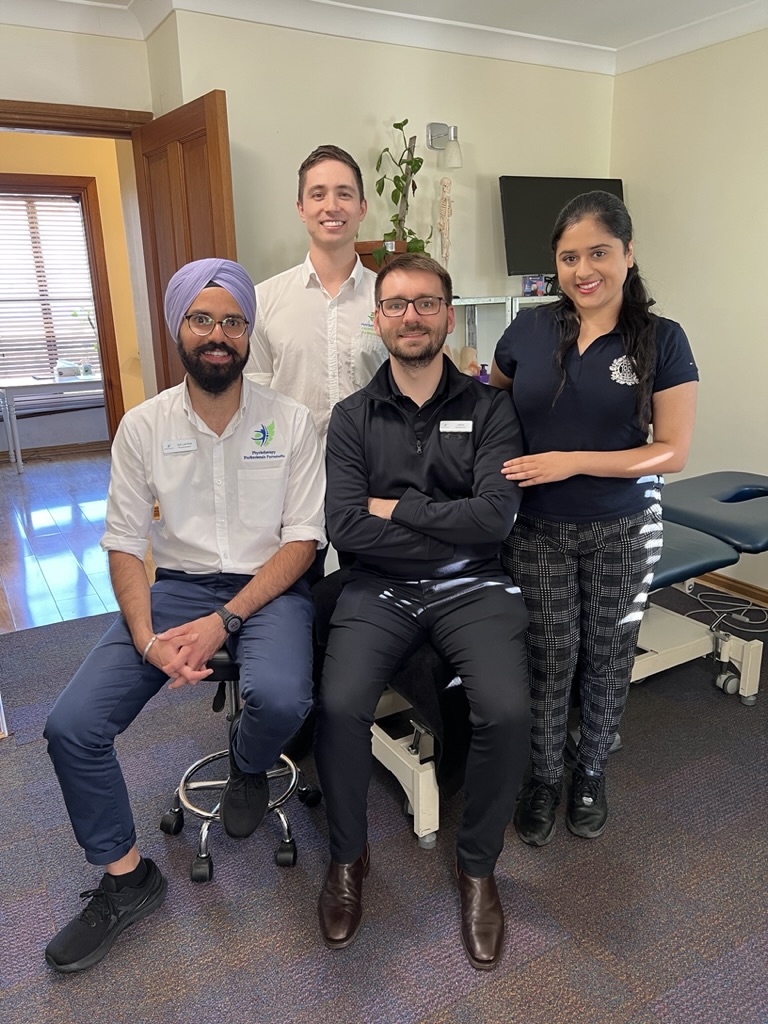Common Injuries After a Motor Vehicle Accident

Common Injuries After a Motor Vehicle Accident and what to do about them:
Car accidents can result in a wide range of injuries, varying in severity depending on the circumstances of the collision. Some common injuries after a motor vehicle accident include:
-
Whiplash: Whiplash is a common injury caused by the sudden back-and-forth movement of the head and neck during a collision. It can lead to neck pain, stiffness, headaches, and restricted range of motion. It is common not to experience pain after a motor vehicle accident, only for the pain to gradually worsen over the coming days. It’s a must to see a GP after a motor vehicle accident regardless of your symptoms.
-
Fractures and broken bones: The forceful impact of a car accident can cause fractures and broken bones in various parts of the body, including the arms, legs, ribs, and pelvis. Some fractures are very obvious. Micro fractures and stress fractures are common after a motor vehicle accident. They cause a low level of pain which we sometimes ignore. This is why after a motor vehicle accident, it is important to see your GP as soon as possible to discuss any symptoms you may have.
-
Soft tissue injuries: These include sprains, strains, and contusions. Sprains occur when ligaments are stretched or torn, while strains involve the stretching or tearing of muscles or tendons. Contusions refer to bruises caused by blunt force trauma. These are by far the most common symptoms after a motor vehicle accident.
-
Head injuries: Traumatic brain injuries (TBIs) can occur if the head strikes an object or experiences a sudden jolt during an accident. Concussions, skull fractures, and brain contusions are some examples of head injuries that can result from car accidents.
-
Back and spinal cord injuries: Car accidents can cause damage to the back and spinal cord, leading to conditions such as herniated discs, spinal fractures, or even paralysis in severe cases.
-
Chest injuries: Impact with the steering wheel, airbag, or seat belt can cause chest injuries like bruised or fractured ribs, internal organ damage, or collapsed lungs.
-
Psychological trauma: Car accidents can also result in psychological injuries such as post-traumatic stress disorder (PTSD), anxiety, depression, and other emotional distress.
It is important to note that the severity of these injuries can vary depending on factors such as the speed of the collision, the position of the occupants in the vehicle, the presence of safety features like seat belts and airbags, and other variables. Seeking immediate medical attention after a car accident is crucial, even if injuries are not immediately apparent, as some symptoms may take time to manifest.
How To lodge a CTP (Compulsory Third Party) claim in NSW:
CTP claim covers personal injury compensation (financial and medical) for motor vehicle accidents, you need to follow these general steps after an accident:
-
Gather information: Collect all relevant details related to the accident, including the date, time, location, and the parties involved (names, addresses, vehicle registration details, etc.). Obtain the police event number if the accident was reported to the authorities.
-
Seek medical attention: Obtain medical treatment for your injuries and ensure you have appropriate documentation of the diagnosis, treatment received, and any ongoing medical needs. These records will be crucial for your claim.
-
Notify the insurer: Contact the CTP insurer of the vehicle at fault as soon as possible to notify them of the accident and your intent to make a claim. You can find the insurer’s details on the Green Slip or by using the Motor Accidents Authority’s CTP Insurer Lookup tool.
-
Complete the claim form: Obtain a CTP claim form from the CTP insurer or their website. Fill out the form accurately and provide all necessary details regarding the accident, injuries sustained, and any other relevant information requested.
-
Attach supporting documents: Include all supporting documentation, such as medical reports, hospital records, receipts for medical expenses, and any other evidence that supports your claim.
-
Submit the claim: Submit the completed claim form and supporting documents to the CTP insurer. Ensure you keep copies of all documents for your records.
-
Follow up with the insurer: After submitting the claim, the insurer will assess your claim and may request additional information or conduct investigations. Stay in touch with the insurer and respond promptly to any requests for further documentation or information.
-
Seek legal advice if needed: If you encounter difficulties during the claims process or require guidance, you may consider consulting with a personal injury lawyer who specializes in motor vehicle accidents and CTP claims.
Remember, the process may vary slightly depending on the specific CTP insurer and circumstances of the accident. It is advisable to consult the specific insurer’s guidelines or seek legal advice for detailed information regarding the claims process.
Contact Us:
Do you need assistance with your injury? Experienced Physiotherapists with essential knowledge. You can call us anytime to have a confidential discussion with our expert Physiotherapists. For more information on how we can further assist you, please call our clinic number on 0479 080 800 or send us an email on [email protected] for further details. Our Physiotherapists are Medicare, NDIS and Work Cover approved, specialising in injury management and rehabilitation to get you back on track.

